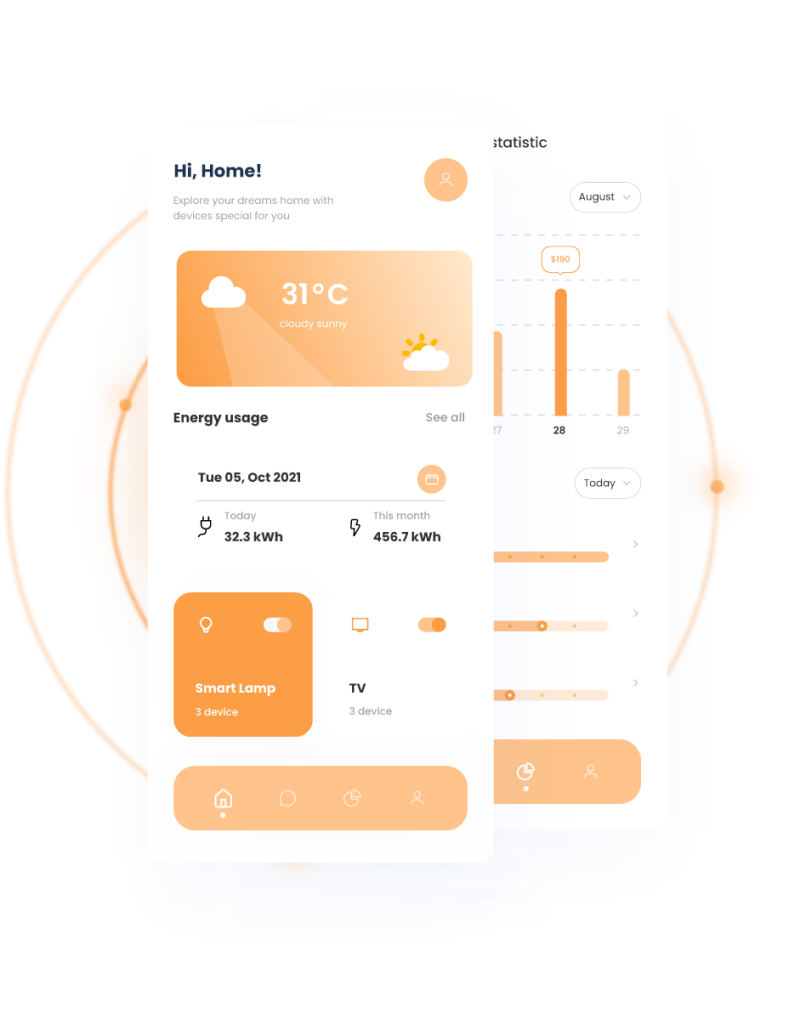Mobile development with Python continues to gain popularity in 2025, driven by its simplicity, versatility, and powerful capabilities. Python, known for its readability and ease of use, has become a preferred choice among developers creating innovative mobile applications. Recent updates and advancements have further elevated Python’s effectiveness in mobile app development, making it more competitive with traditionally dominant languages.
One of the significant factors boosting Python’s appeal for mobile app development is the improved efficiency of frameworks like Kivy and BeeWare. The latest versions of these frameworks now offer enhanced support for cross-platform development, enabling developers to create applications for iOS and Android using a single codebase. This streamlined approach drastically reduces development time and maintenance costs, empowering businesses to bring their apps to market swiftly.
The recent updates in Kivy have notably improved its graphical performance and user interface capabilities. The framework now provides more sophisticated widgets and smoother animations, significantly enhancing the user experience. Moreover, Kivy’s improved compatibility with various mobile hardware and sensors has expanded its capabilities, allowing developers to create richer, more interactive mobile applications.
BeeWare has also seen considerable enhancements in its recent releases. The updated tooling in BeeWare now supports quicker compilation and better debugging capabilities. The community behind BeeWare continues to grow, providing extensive resources and support for developers. Additionally, BeeWare’s simplified deployment processes to app stores make it easier than ever to publish applications quickly and efficiently.
Python’s versatility extends to the integration with popular machine learning and artificial intelligence libraries, such as TensorFlow and PyTorch. Developers can effortlessly incorporate advanced AI features like facial recognition, predictive analytics, and natural language processing into their mobile applications, enabling richer user experiences and innovative functionalities.
Security continues to be a priority in mobile development. Python’s recent enhancements include better integration with security frameworks, providing built-in protections against common vulnerabilities. The combination of robust security measures and ease of implementation ensures developers can confidently create secure, reliable mobile applications.
Furthermore, Python’s integration with cloud services such as AWS, Azure, and Google Cloud has improved significantly. Developers can now deploy, scale, and manage mobile applications seamlessly, leveraging cloud functionalities to enhance app performance and scalability.
The active Python community remains an invaluable resource, continuously contributing to improving existing frameworks and creating comprehensive documentation and support channels. Events like PyCon provide developers opportunities to learn, network, and stay updated with the latest developments in Python mobile app creation.
In conclusion, mobile development with Python in 2025 is robust, efficient, and increasingly popular due to the latest updates and innovations. Developers and businesses can confidently leverage Python’s powerful capabilities to build high-quality, innovative, and scalable mobile apps.
Discover how Kambda can help your business harness the power of Python for mobile development. Visit us at kambda.com and get started today!

